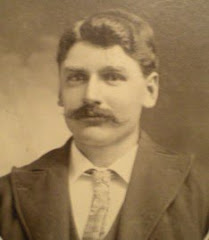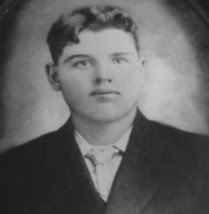European arrival
Largely unsettled until the late 1760s, the European presence in the region was largely limited to seasonal fur trapping, and no significant trading settlements were established. Canadian government interest increased following the American Revolution, when fearing invasion from its new neighbor to the south, the government began exploring the region in hopes of finding travel lanes between Lake Ontario and Georgian Bay.
In 1826 Lieutenant Henry Briscoe became the first white man known to have crossed the middle of Muskoka. The great explorer, David Thompson, drew the first maps of the area in 1837 and possibly camped near present day Beaumaris. He was 67 years old when the government sent him to investigate the area. His route from Georgian Bay was through Go Home Lake, across Lake Muskoka, up the south branch of Muskoka River and across the Lake of Bays. He eventually reached Madawaska and continued on to the Ottawa River.
Canada experienced heavy European immigration in the mid 1800's, especially from Ireland which experienced famine in the 1840s. As the land south of the Severn was settled, the government planned to open the Muskoka region further north to settlement.
Logging licenses were issued in 1866 which opened Monck Township to logging. The lumber industry expanded rapidly denuding huge tracts of the area, but also prompting the development of road and water transportation. The railroad pushed north to support the industry, reaching Gravenhurst in 1875 and Bracebridge in 1885. Road transportation took the form of the Muskoka Colonization Road, begun in 1858 and reaching Bracebridge in 1861. The road was roughly hewn from the woods and was of corduroy construction, meaning logs were placed perpendicular to the route of travel to keep carriages from sinking in the mud and swamps. Needless to say this made for extremely rugged travel.
The lumbering industry spawned a number of ancillary developments, including as mentioned, transport, but also settlements began springing up to supply the workers and Bracebridge, (formerly North Falls) saw some leather tanning businesses develop. Tanners used the bark from lumber to tan hides thereby using what otherwise would be a waste product.
The passage of the Free Grants and Homestead Act of 1868 opened the era of widespread settlement in Muskoka. Settlers could receive free land if they agreed to clear the land, have at least 15 acres (61,000 m2) under cultivation, and build a 16 by 20-foot (6.1 m) house.
Settlers under the Homestead Act, however, found the going hard. Clearing 15 acres of dense forest is a huge task, and once the land was clear, they were greeted with Muskoka's ubiquitous rocks which themselves had to be cleared. The soil in the region turned out to be poorly suited to farming consisting largely of a dense clay. As news of the difficult conditions spread back to the south it looked as though development in Muskoka might falter but for a fortuitous development.
In a time when the railroads had not yet arrived and road travel was notoriously unreliable and uncomfortable, the transportation king was the steamship. Once a land connection was made to the southern part of the lake in Gravenhurst the logging companies could harvest trees along the entire lakefront with relative ease, so long as they had the means of powering the harvest back to the sawmills in Gravenhurst.
Thursday, July 9, 2009
Subscribe to:
Post Comments (Atom)











No comments:
Post a Comment